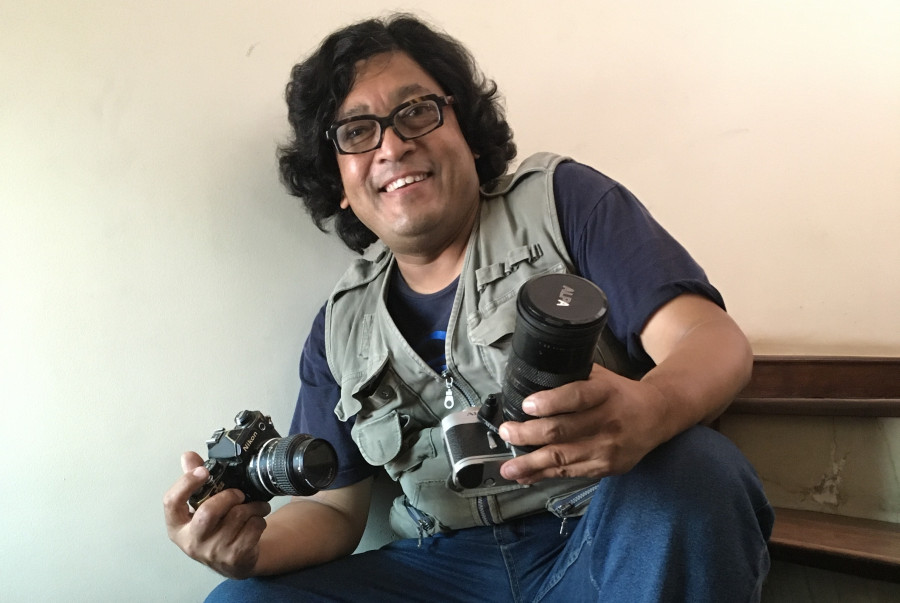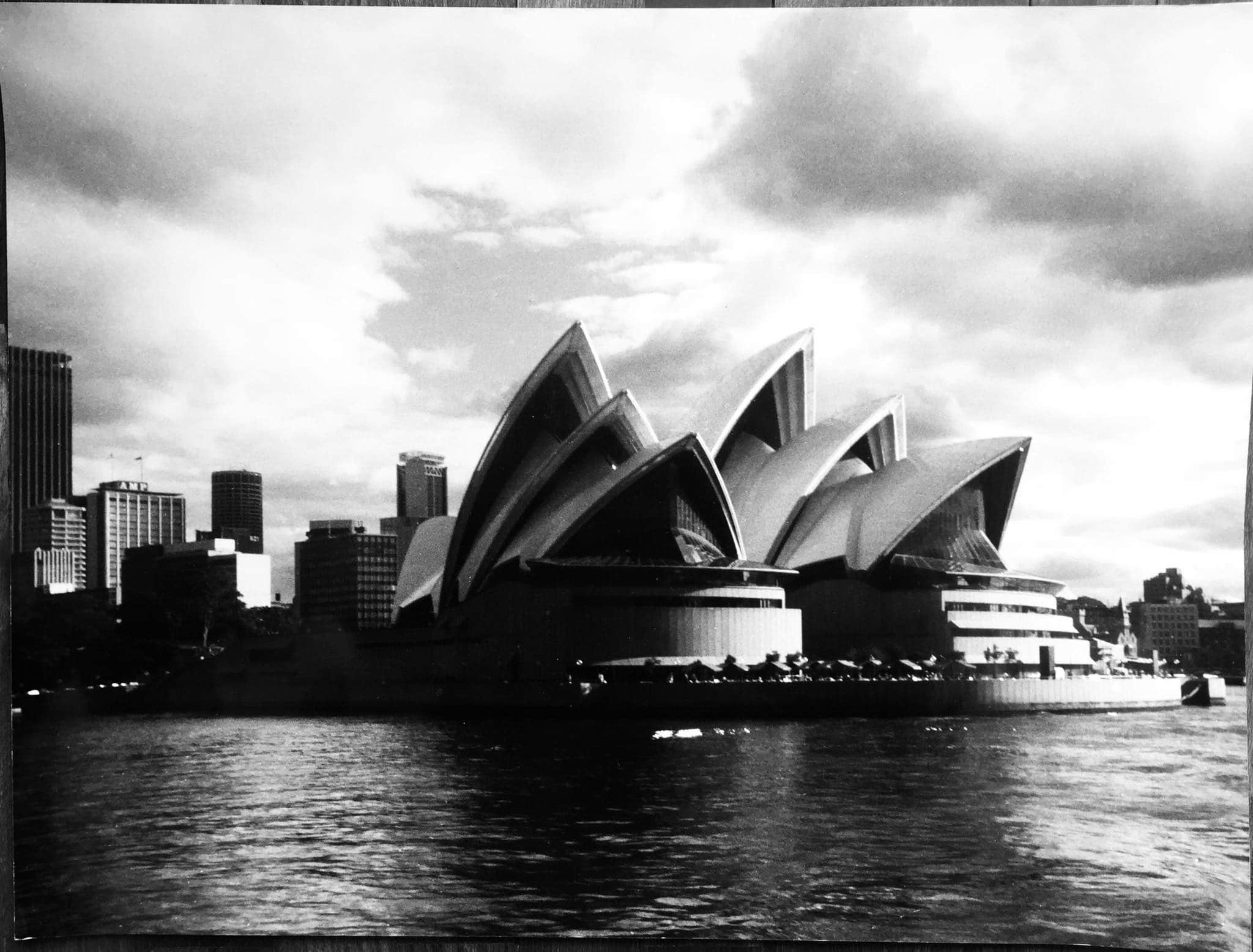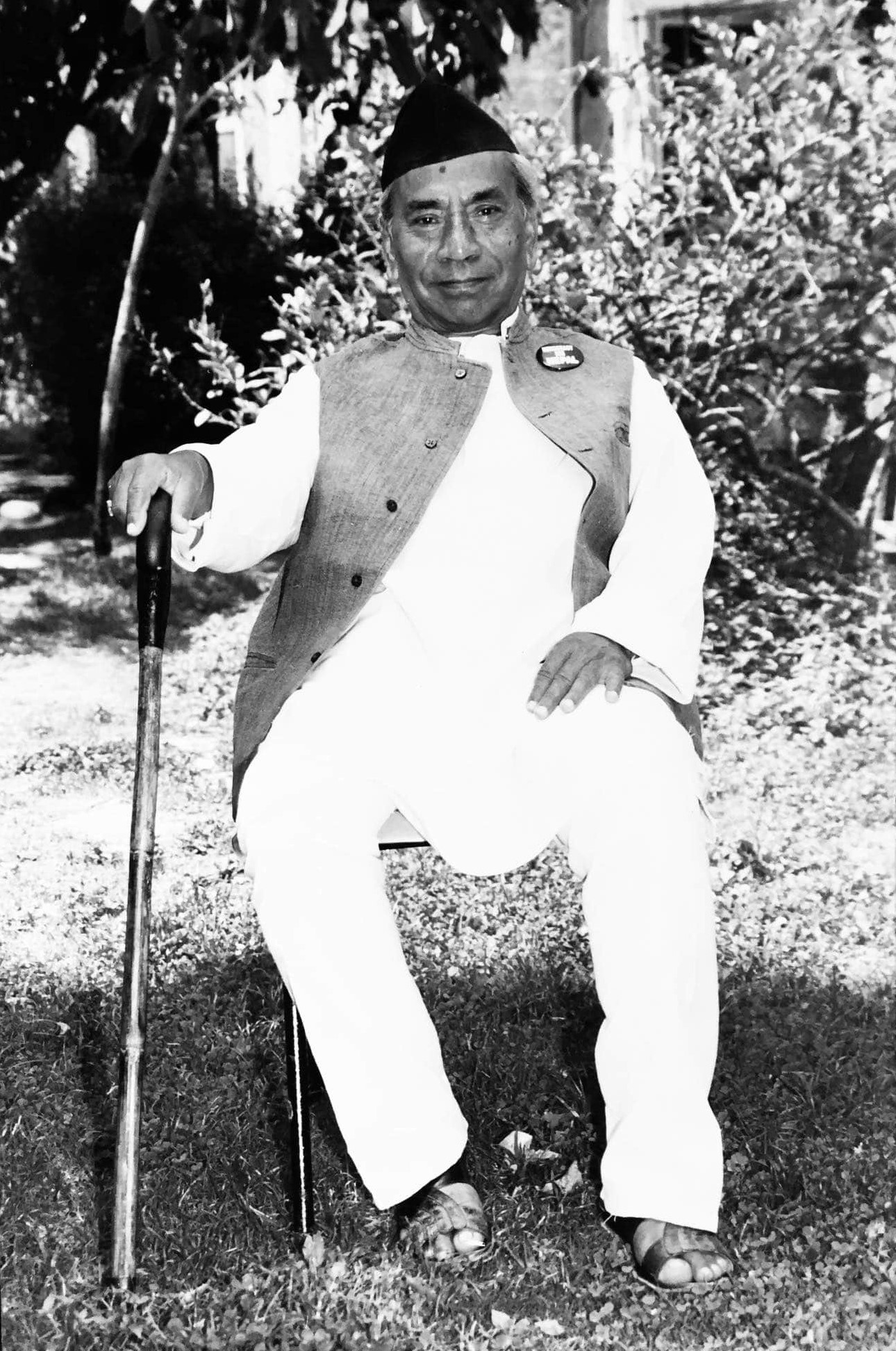Life & Style
‘Photography is about patience’
On his way to becoming a photojournalist, Min Ratna Bajracharya pushed his boundaries and made the world accessible by communicating his ideas and waiting on opportunities to make moments worthwhile.
Srizu Bajracharya
As Min Ratna Bajracharya rides through Buddhanilkantha, his locality, his hand leaves the steering wheel to point to directions where he thinks there are important stories to inspect.
"There! There, do you see that?" he points to a building far away, beyond a green field. "I used to think why throngs of people went out there. I later found out that that's where Ram Bahadur Bomjon, the Buddha Boy, stayed for some time," says Bajracharya, who moved to the place from Masangalli after the 2015 earthquake.
Wherever he goes, Bajracharya follows stories. He has been doing so for the past 37 years. But at 55, as he looks to retire from photography, he looks to the younger generation to continue documenting stories and capturing moments.
"My time has gone now; I am retiring," he says. "But I have no apprehension about it or any insecurity. The younger generation’s finesse is incomparable, and they are fast with technology. And the truth is, I cannot keep up with them even if I wanted to," says Bajracharya, one of the most revered photographers of his time.
A free spirit, Bajracharya learned his way into photojournalism, he says. As a teenager, Bajracharya used to help his uncle in a curio shop in Swayambhu, where he marketed postcards and spent hours talking to tourists, in his broken English, about photography. Whenever someone would ask what he wanted to be in those days, he would proudly but casually say, "Fo-tahh-graphher", he says.
However, after finishing high school, he was tailoring clothes at Seaybak in Makhan tole. And for many years, even after he had discovered photography, he worked at Human Fit Tailor, designing different types of apparels for people. "I probably would have been a popular designer if not a photographer," he says, jokingly.
But things took a turn when he met Lea Ponton, an Australian Navy Captain who Bajracharya used to take around to places whenever he used to visit the country. "Ponton was an honest man. He said to me my education qualification was not good enough to get into a college in Australia. Still, he said the visit would help me to learn something about life," says Bajracharya. "And it really did, he tutored me on life and the ways of life," he says.
Over the years, of marketing postcards and immersing in the visual framing of landscapes and architecture to tourists, Bajracharya had unknowingly picked up one of the most fundamental instincts of making a photograph—thinking in frames. "They said my framing was like that of a professional photographer and I was so happy and I think that moment really fuelled me with passion,” he says. Then, Roma Roland, Ponton's cousin, to encourage his photography practice, gifted him his first camera, an automatic single-lens Minolta.

But his first break, “if you can call it that,” he says, came when one of his friends challenged him to take a photograph to see if he really can take a picture. "The accused perpetrators of an attempt to kill a journalist, Padam Thakurathi, were going to be brought to Charkhaal court, and he wanted me to take a shot of the event, and if it was good it would be published in The Commoners newspaper. And so, I went to take that shot, feeling the need to validate my skill as a photographer ," he says.
The photo was published on July 17, 1987, in The Commoners, after which he found himself bound to photojournalism. Today, Bajracharya writes the number, '17' behind his name, as a reminder of his awakening to his passion.
Another important moment for his career came in 1988, when during a raging storm, Bajracharya ran to Bir Hospital after hearing the sounds of ambulances speeding to the hospital. In one of the hospital's rooms, Bajracharya witnessed the result of the fatal stampede at Dashrath Stadium during a football tournament. Dozens of dead bodies were lined up at the place. Aghast, Bajracharya hurriedly took a few shots before being caught by the authorities and ran as fast as he could to 'The Commoners' office.
"I needed to get it in print, as it would have been seized if they had found it at the time. And when Gopal Das Shrestha saw the picture, he was impressed and he then taught me more about photojournalism," he says. After that, there was no stopping, Bajracharya had found his calling and he immersed himself in the journey, asking pertinent questions everywhere he went, breaking stereotypes and running at the forefront of political events.
In a way, Bajracharya also set trends. When he was working for Ruprang entertainment magazine, he proposed to feature and promote new faces alongside actors like Rajesh Hamal and Shree Krishna Shrestha. People weren’t keen on the idea. "But then, I got my chance. And I took Manisha Koirala's photo, which became the cover page of the magazine. After that people started talking about her and soon enough she was offered her first movie role," says Bajracharya. "Of course, the movie being offered was not my doing, but things fell into place is what I mean," he says smiling joyfully.
But through all in and out, Bajracharya stayed loyal to the people who gave him opportunities and never hesitated to put forward his views. "I believe, it's honesty, integrity and conviction that will take us a long way. It's not just the skills but a deeper understanding of things that help us become a better photographer," he says.
In 1990, Bajracharya was running along with the crowd in the people's movement to cover the event, without any affiliation to any media. "It was a crucial time, and I felt like I should be covering this monumental movement," he recalls.
Bajracharya is still known for his iconic photograph of Durga Thapa leaping up in the air during a victory rally of the people's movement in 1990. During the event, Bajracharya was striving to take a panoramic picture of the crowd to show the participation of the people, and when Thapa jumped up in the crowd to say, “long live democracy!” he seized his most powerful moment as a photojournalist.
"Photography is about patience and seizing the moment, it's not just but clicking the shutter but having a sense of the frame," he says.

After that, Bajracharya spent years following Ganesh Man Singh, the leader of the democratic movement of 1990. Singh is referred to as the iron man of Nepali politics and Bajracharya hoped to document his life in photographs to publish a photo book. Over the years, Bajracharya was also coordinating Singh's meetings and appointments, and spending time observing Singh's life behind the public eye alongside Prem Lal Singh who was managing Ganesh Man Singh’s public relations.
But the book never came to be, as Singh passed away in 1997. And Bajracharya went on to work for Himal Magazine. "I started working at Himal in 2000 I think, and for about 17 years, but except for the assignment photographs, I was free to contribute my photographs to other wires as well," says Bajracharya. "And that clarity of freedom I guess was what helped my journey, I was free to pursue stories on my will and my inkling besides my assignments," he says.
Things, however, slowed down a few years back when Bajracharya was diagnosed with knee osteoarthritis, which meant he wouldn't be able to run around freely. Today, he has difficulty sitting down and getting up; his strides now need more time. The pain has been more severe this past year, and now he treads carefully and chooses work that allows him to take time. These days, Bajracharya spends his days reading and arranging his archives. He is also thinking of getting back to his photographic book about Ganesh Man Singh. Last year, he was also acknowledged with a lifetime achievement award by the National Forum of Photo Journalist.
"I am grateful for the journey I have had," he says. “And now I want to be able to share my work and my knowledge with younger photographers, to encourage them in their journey."




 29.69°C Kathmandu
29.69°C Kathmandu











